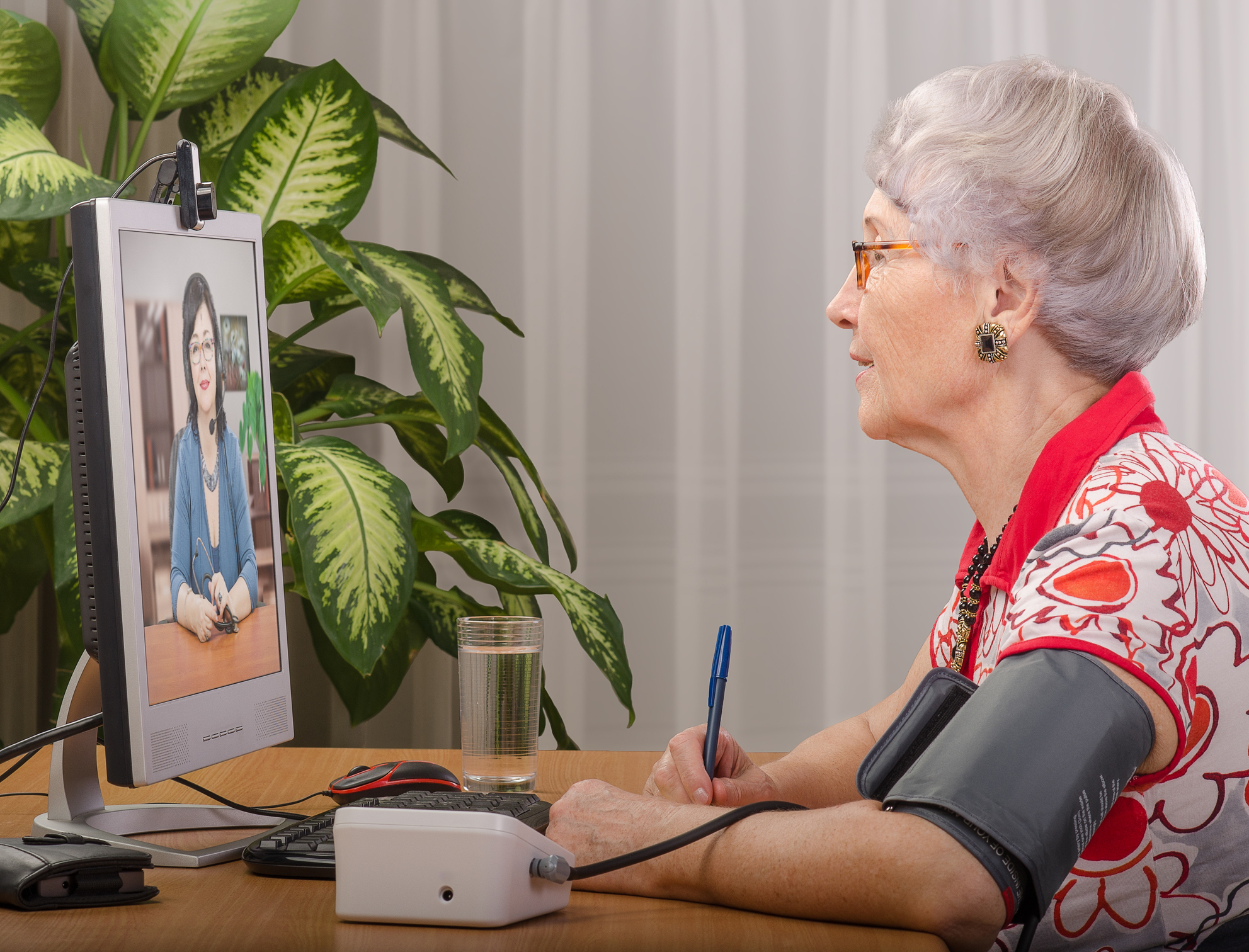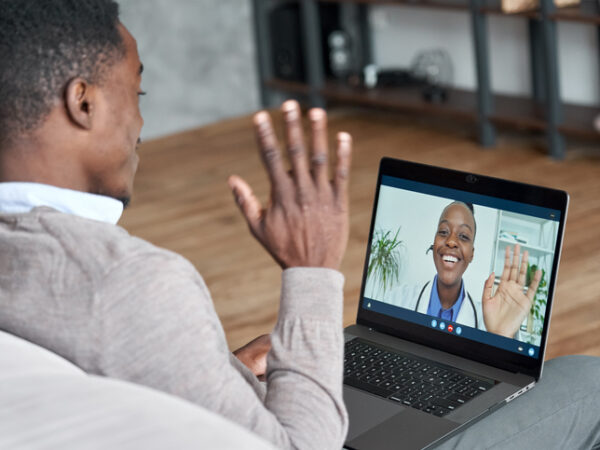When asked, the vast majority of seniors will agree; they want to age in place for as long as possible and most are willing to use telemedicine services if it means they can remain at home. A recent poll by the Associated Press-NORC Center for Public Affairs Research found that nearly 9 out of 10 adults over the age of 40 would be open to participating in video visits with their health care provider for themselves or an elderly loved one.
With a good support system and proactive steps, many older adults are able to remain in their homes where they are most comfortable. The population is rapidly aging and available beds in long-term care are becoming increasingly scarce; as a result, health care systems are constantly looking for ways to support seniors and provide them with good medical care at home.
Enter virtual health care. Whether it’s older adults in remote rural communities or elderly parents living alone at a distance from any close family, telemedicine is connecting seniors with chronic illness or mobility problems with medical monitoring and emergency help. It also eases the burden on family caregivers who are struggling trying to balance work responsibilities, raising a family and caring for aging parents.
While seniors are becoming more receptive to telemedicine, they are still concerned about quality of care, security of health information and a lack of privacy. Some older adults may also be worried they will have technical problems using Skype or FaceTime to communicate with their doctor. But being able to monitor blood pressure or other symptoms associated with chronic illness on a daily basis can play a significant role in better treatment and management of chronic illness.
Chronic diseases are among the leading causes of death and disability and by 2020, it is anticipated that they will account for nearly three quarter of all deaths worldwide. Using new technologies to monitor elderly adults at home is a cost-effective tool to provide better patient care and improve quality of life. Instead of waiting for an emergency situation, health care providers can catch small changes in vital signs, weight or behavior before the situation becomes dire using tele-health monitoring systems.
Learn more about the AP-NORC poll here.






Add Your Voice
0 Comments
Join the Discussion